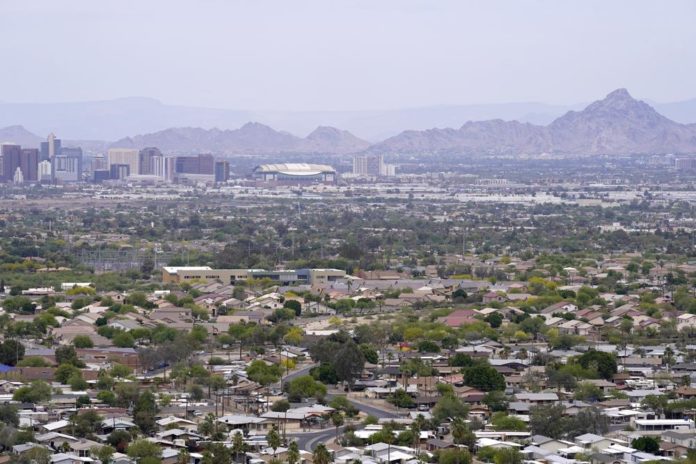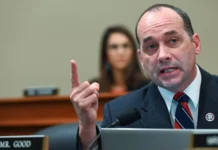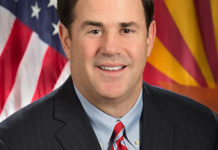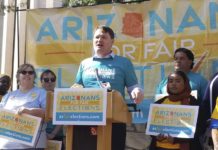Rep. Greg Stanton and a bipartisan group of Arizona members of Congress sent a letter to Homeland Security Secretary Alejandro Mayorkas asking him to provide an updated timeline on the implementation of the Southwest Tourism Expansion Act pilot program. The group includes Senators Mark Kelly and Kyrsten Sinema and Representatives David Schweikert and Ann Kirkpatrick.
“The pilot has the ability to improve efficiency at ports of entry, allowing CBP officers to focus on the agency’s other critical missions, including the flow of commercial trade and the prevention of cross border crime,” the members wrote in a letter to Mayorkas.
The Department of Homeland Security said it was “working to finalize a timeline for the program to be implemented as soon as the COVID-19 travel restrictions are lifted.” The federal government lifted those restrictions last month.
Stanton and former Sen. Martha McSally introduced The Southwest Tourism Expansion Act in 2020. It was included in the Fiscal Year 2021 Consolidated Appropriations Act.
The act aims to create a pilot program to allow pre-cleared Mexican visitors with a valid Border Crossing Card to travel statewide without having to fill out an additional paper I-94 form or pay an extra fee. The change would remove regulatory barriers that previously prevented cardholders from traveling to popular tourist destinations such as Sedona and the Grand Canyon. Under current law, a Border Crossing Cardholder entering through Nogales is only permitted to travel as far as Tucson, limiting business and recreational opportunities in the central and northern parts of Arizona.
According to Stanton’s press release, removing the 75-mile border zone limit would reduce border wait times and attract affluent Mexican visitors to more tourist destinations in Arizona. A Maricopa Association of Governments report predicted that extending the travel limit to the entire state could generate up to $181 million in additional spending each year, and support more than 31,000 jobs.














